The trouble continues
According to Savills Vietnam's Real Estate Market report, difficulties continued to occur in the apartment market in Hanoi in the first 3 months of this year.
Specifically, primary supply in the first quarter decreased by 4 percentage points compared to the same period last year, reaching 19,483 units. Of which, new supply reached just over 2,040 apartments from 2 new projects and the next phase of 2 projects, down 30% quarter-on-quarter and 27% year-on-year. The average primary selling price reached 52 million VND/m2, stable quarter-on-quarter and up 22% year-on-year.
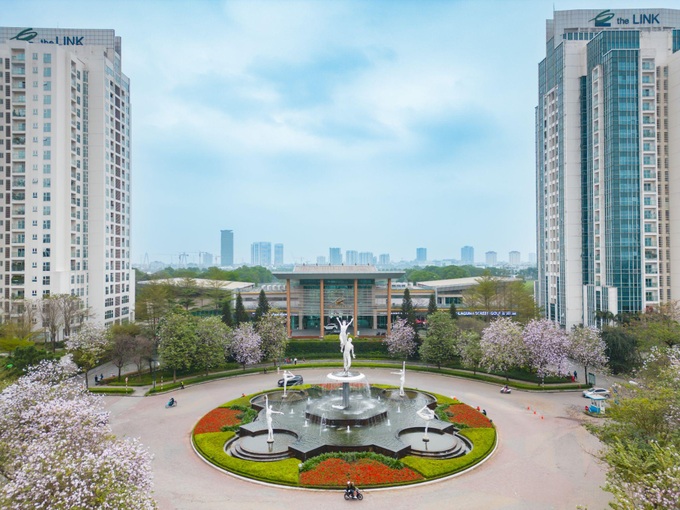
In contrast to the scarce supply, housing demand is still forecast to increase strongly in the future.
Hanoi's urbanization rate is expected to reach 62% by 2025 and increase to 75% by 2030. With this growth momentum, demand is expected to reach about 426,700 units.
However, Hanoi's Housing Development Program also targets 33.2 million square meters of new housing by 2025, with an average housing area per capita of 29.5 square meters. These figures show a supply shortage of 95,800 units.
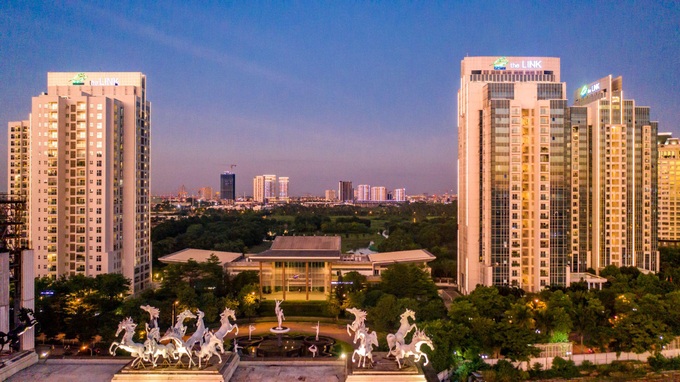
Ms. Do Thu Hang - Senior Director, Research and Consulting Department, Savills Hanoi - commented that the rapid urbanization will create impacts on the overall social picture of a city.
The shortage of housing supply is likely to lead to social security problems such as the formation of slums or an increase in related social evils.
In addition, limited new supply, reduced number of apartments handed over and high average primary price at VND52 million/m2 have created conditions for secondary selling prices to increase.
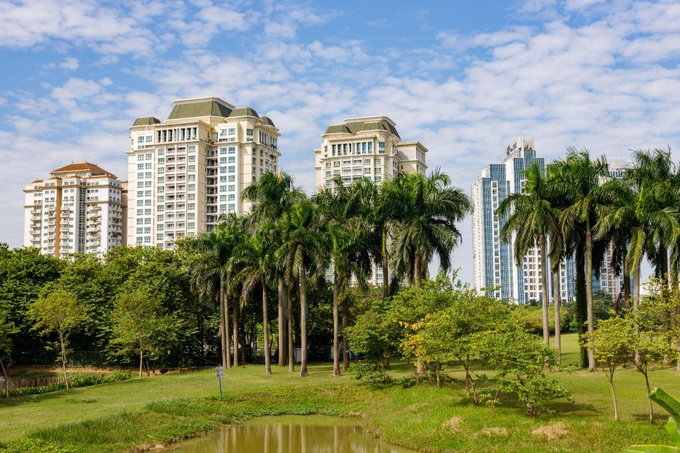
From 2018 to 2022, the average primary price of apartments increased by 13% per year, while the primary supply decreased by 14% per year. In the first quarter of 2023, the average primary price was 48% higher than the secondary price.
Long term outlook
Recently, a number of policies have been issued to help ease supply difficulties for the real estate market.
Specifically, Resolution 33 clearly identifies issues that need to be addressed with a specific roadmap, and encourages relevant agencies and units to participate in implementation. This helps strengthen trust and support the market in achieving the goal of safety, health, and sustainability.
This move has focused on removing two basic obstacles of the real estate market: legality and capital.
In terms of law, the resolution requested research agencies to develop, complete and promulgate laws and decrees amending and supplementing decrees guiding the implementation of the law. In particular, it removed obstacles regarding legal regulations and procedures as well as organizing the implementation of real estate projects.
Regarding capital, Resolution 33 mentioned the extension of principal and interest payments, debt restructuring, and projects that meet real needs and have good liquidity are facilitated to borrow capital.
In general, the rapid urbanization rate is a pressure but also a driving force for a more vibrant apartment market. It is expected that after the legal system is completed, the market will have positive changes, solving the problem of suitable housing for the majority of people as well as removing difficulties for investors and real estate investors.
According to the latest information from the investor Ciputra Hanoi, a limited number of apartments will be opened in the second quarter with attractive prices exclusively for customers who register the earliest. Ciputra Hanoi (Nam Thang Long Urban Area) is a large-scale closed, synchronized urban area at the Northwest gateway of the capital with an area of nearly 300 hectares, possessing low construction density, rich landscape and modern amenities. This is currently the "home" of multinational residents from 74 countries around the world .
Source


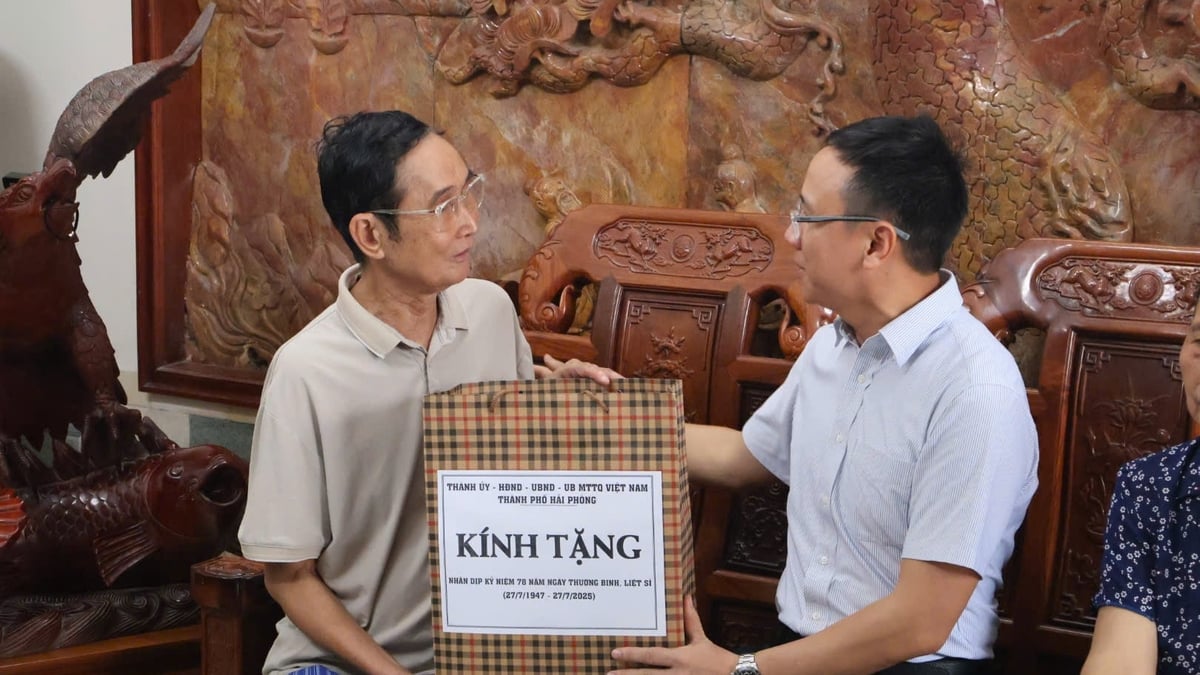
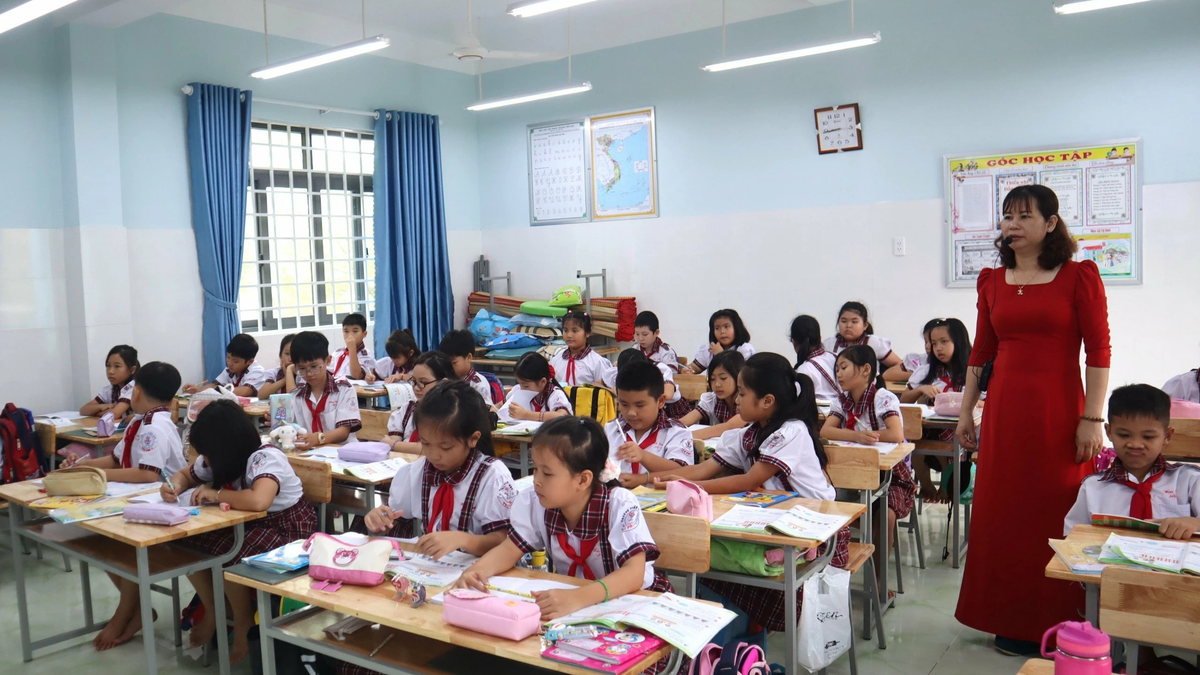


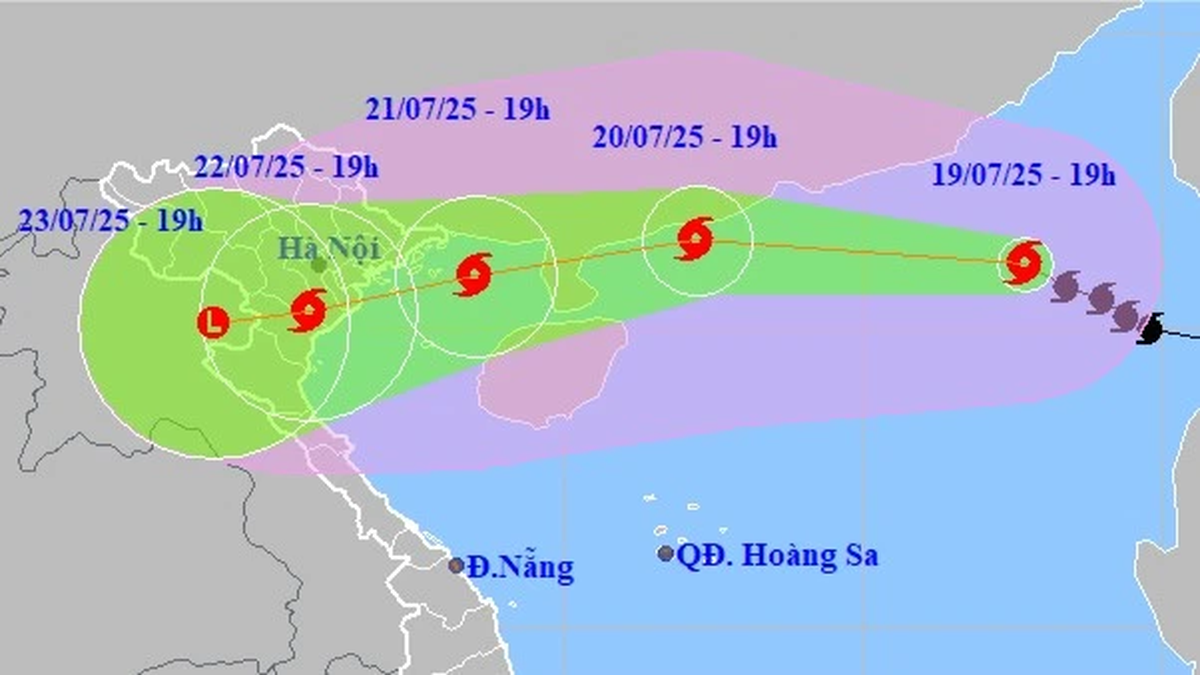


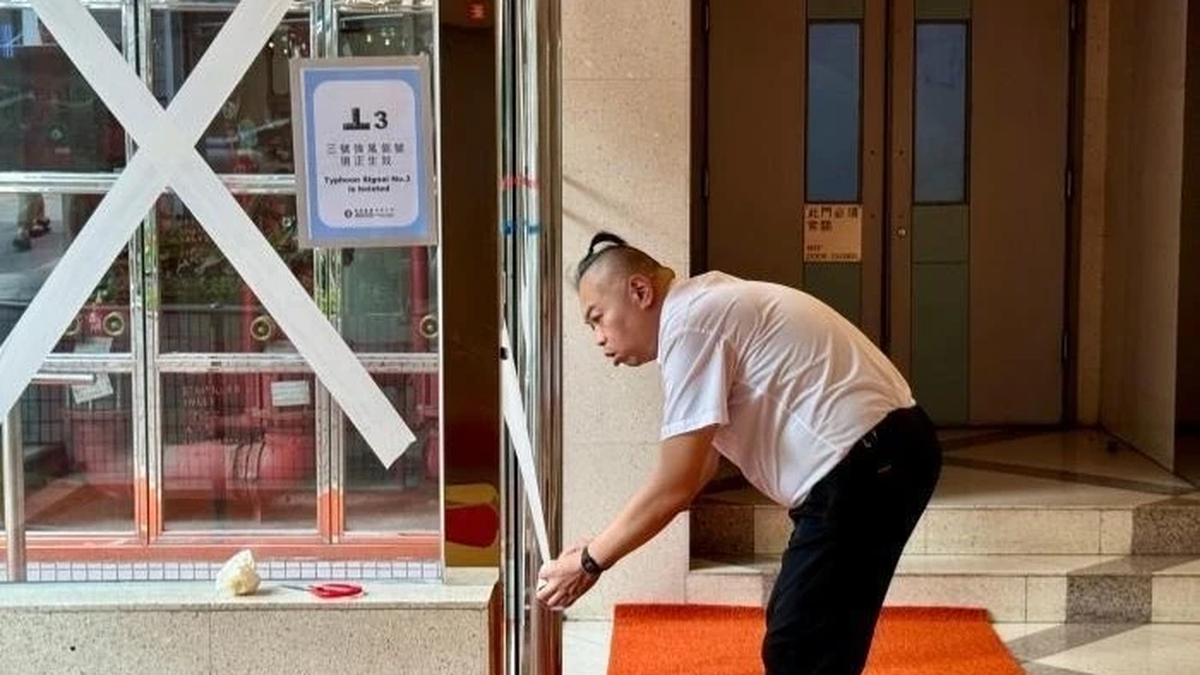
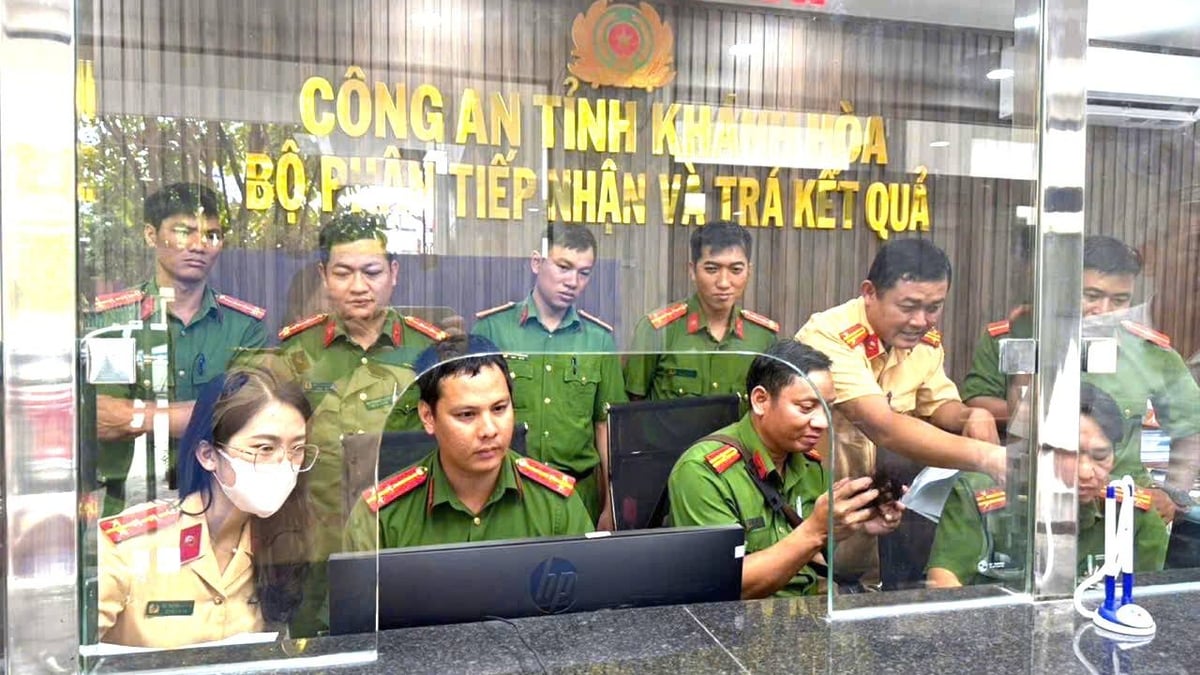
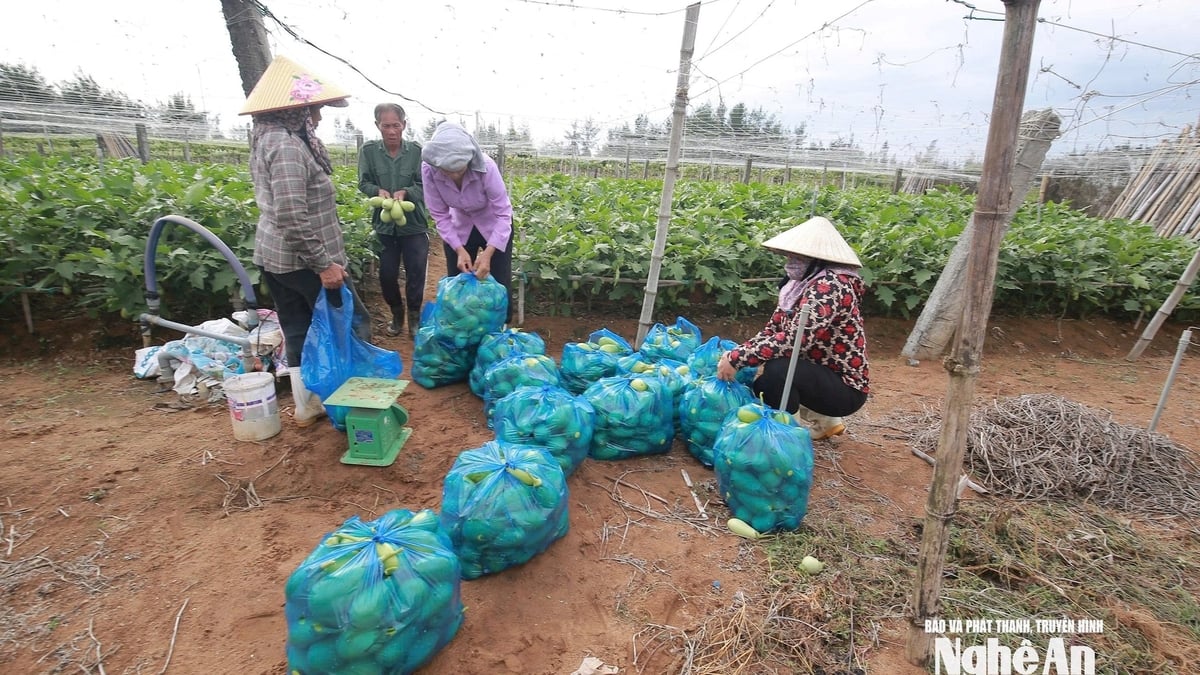



















![[Photo] National Assembly Chairman Tran Thanh Man visits Vietnamese Heroic Mother Ta Thi Tran](https://vphoto.vietnam.vn/thumb/1200x675/vietnam/resource/IMAGE/2025/7/20/765c0bd057dd44ad83ab89fe0255b783)




























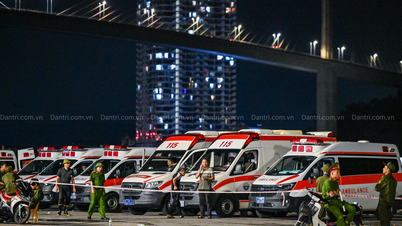










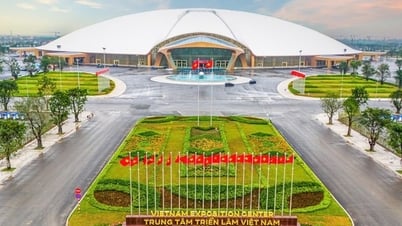
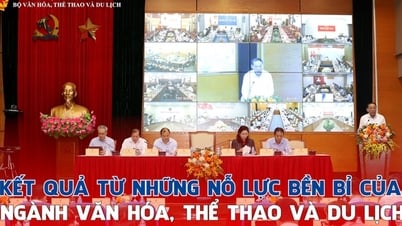

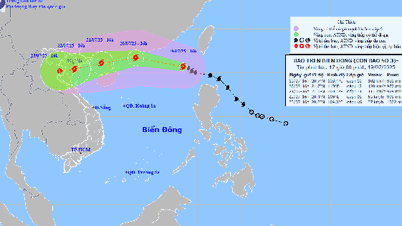
























Comment (0)